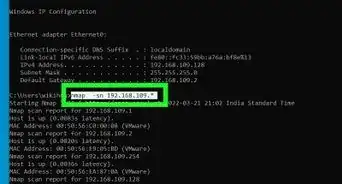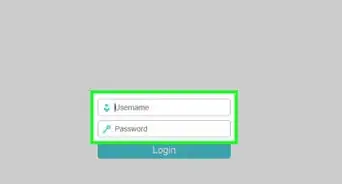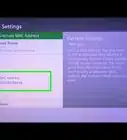X
wikiHow is a “wiki,” similar to Wikipedia, which means that many of our articles are co-written by multiple authors. To create this article, 22 people, some anonymous, worked to edit and improve it over time.
This article has been viewed 450,814 times.
Learn more...
Ever notice that your "high-speed" internet connection seems to drop off in the middle of a good download? Bandwidth throttling happens when a server attempts to limit the amount of bandwidth that a given service may use. You can easily test if your internet service provider is throttling your speed by downloading a testing tool off of the internet.
Steps
Method 1
Method 1 of 2:
Using Measurement Lab Testing Tools
-
1Visit Google’s Measurement Lab. M-Lab is an open platform designed to enhance internet transparency. It has several tests available for both average and sophisticated internet users.
-
2Click on the “Test your internet connection” link on the lower left.Advertisement
-
3Chose a network tool to test your connection speed and network traffic diagnosis. Tests include:
- Network Path & Application Diagnostics will diagnose the most common causes of all performance problems on wide-area network paths.
- Network Diagnostic Tool will test your connection speed and receive sophisticated diagnoses of problems limiting speed. This is a good option if you’d like detailed trouble reports sent to your network administrator.
- Glasnost will test whether certain applications or traffic are being blocked or throttled on your broadband connection. Currently, you can test if your ISP is throttling or blocking email, HTTP or SSH transfer, Flash video, and peer-to-peer apps including BitTorrent, eMule and Gnutella.
- Pathload2 will see how much bandwidth your connection provides. The available bandwidth is the maximum bit rate you can send to a network link before it gets congested.
- ShaperProbe will determine whether an ISP is performing traffic shaping by dropping your access rate after you’ve downloaded or uploaded a certain number of bytes.
- WindRider will detect whether your mobile broadband provider is prioritizing or slowing traffic to certain websites, applications, or content.
-
4Follow the on-screen instructions to complete each individual test. Note that some of the tests are hosted on third-party websites.
Advertisement
Method 2
Method 2 of 2:
Using the Switzerland Network Testing Tool
-
1Visit the Electronic Frontier Foundation’s website. This organization is focused on promoting net-neutrality and offers a bandwidth tester for sophisticated internet users.
-
2Go to Our Work > Transparency > Other and click on Switzerland Network Testing Tool. This will test the integrity of data sent over your network to see if your ISP is limiting your bandwidth. For example:
- If you want to test whether BitTorrent downloads are working correctly, you can go to that page and find some torrents that others are seeding from test machines.
- If you want to test if your ISP is interfering with BitTorrent seeding, you can post a link to a torrent file on the wiki and seed that torrent while running a Switzerland client so that other people can find it on the wiki and try to download it while running a Switzerland client.
-
3Download the latest release. This is indicated in bold letters.
-
4Select the file format you would like to download. You can choose between either .zip or .tgz.
-
5Extract the files and follow the instructions. You can find the instructions within the INSTALL.txt file specific to your platform.
Advertisement
Community Q&A
-
QuestionHow do I interpret the results of the bandwidth test?
 Community Answer"Upload" is the speed of the information you send from your computer to the server. "Download" is the speed of the information sent from the server to your computer. Download speeds should be significantly higher than upload speeds.
Community Answer"Upload" is the speed of the information you send from your computer to the server. "Download" is the speed of the information sent from the server to your computer. Download speeds should be significantly higher than upload speeds.
Advertisement
Warnings
- Some internet service providers may be able to detect the nature of the test site and provide false results by boosting the speed to the test site. Use a number of different tests for the most accurate reading possible.⧼thumbs_response⧽
Advertisement
References
About This Article
Advertisement
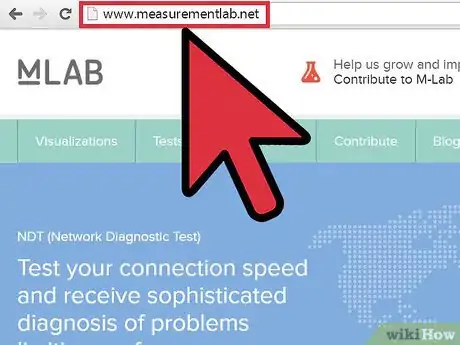

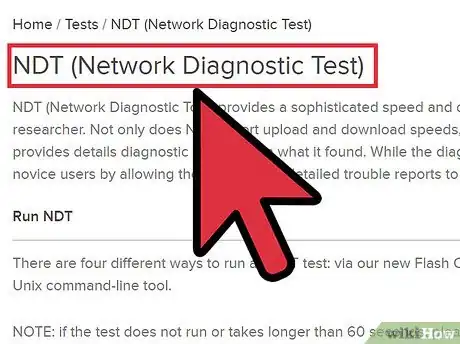

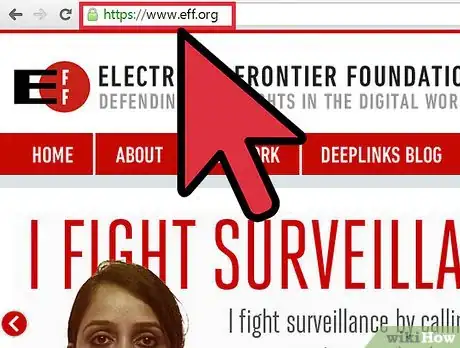
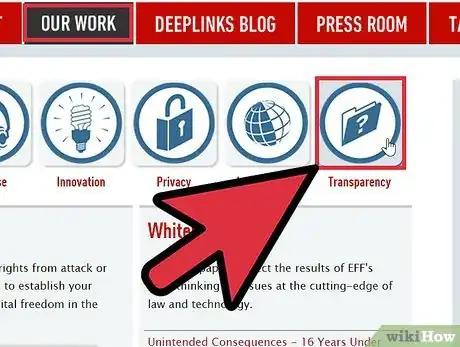
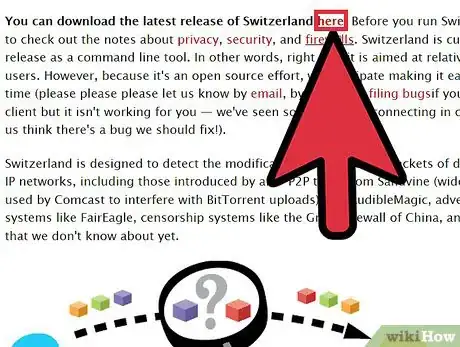
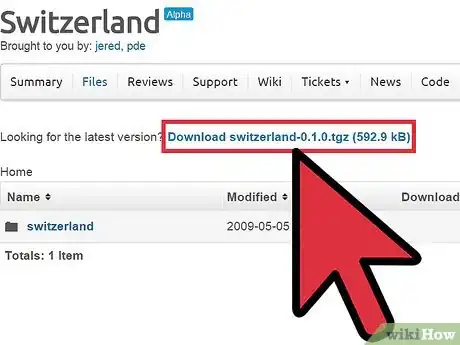
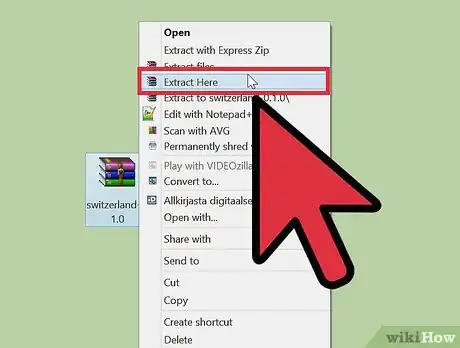


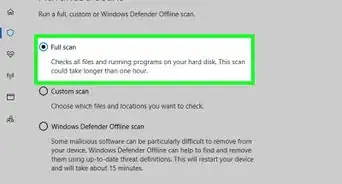


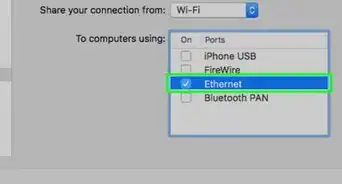
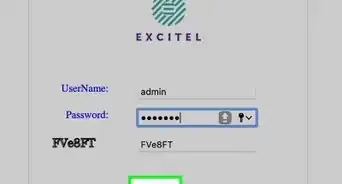
-Step-26-Version-2.webp)
